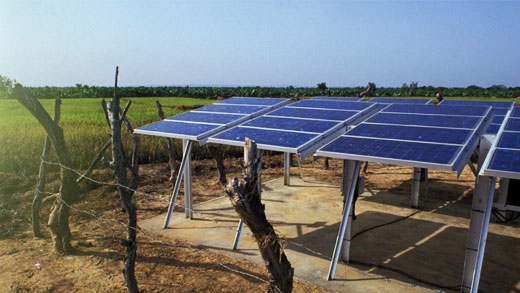Challenge
Lack of access to electricity, combined with the scarcity of other infrastructure services, constrains economic development and hampers improvements in living standards in Peru. It limits the quality of medical care, and the availability of educational opportunities. The high poverty levels in rural areas of Peru and the growing gap in quality of life with rapidly developing urban areas highlight the importance of investing in basic rural infrastructure, such as electricity, as part of the national development agenda. Recognizing this, the Peruvian Government has made rural electrification one of its highest priorities.
Solution
The Peru Rural Electrification Project supported the provision of sustainable and efficient rural electrification service by ensuring that the electricity distribution companies prepared, executed, and operated rural electrification subprojects as part of their regular commercial operations. This model encourages efficiency and sustainability by working through the existing electricity distribution companies.
For the first time, renewable energy options were fully integrated into rural electricity services. The regulatory agency, the Organismo Supervisor de la Inversión en Energía y Minería (OSINERGMIN), established a regulated tariff for electricity services for solar photovoltaic (PV) systems and ensured that PV customers were eligible to the existing electricity cross-subsidy.
To promote productive uses of electricity, the project used a business development services approach. It focused on outreach to small businesses through non-governmental organizations (NGOs), and developed a marketing strategy for the electricity supplier, which addressed the lack of information, tariff barriers, and quality of service.
The project’s innovative activities included:
- A more efficient grid extension approach aimed at maximizing the use of project resources and mobilizing additional financing through the active involvement of distribution companies.
- Promotion of productive uses of electricity in rural areas.
- Assistance to distribution companies to provide the first off-grid regulated services using household PV systems.


